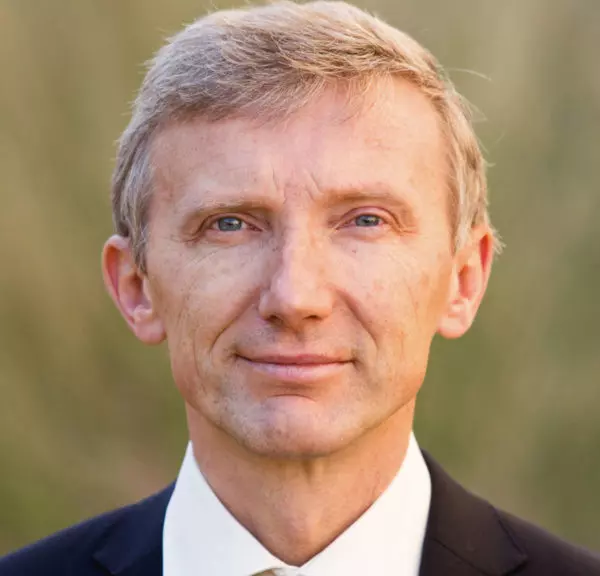About The Speaker
Alexey Belyanin received his PhD in Physics from the Russian Academy of Sciences in 1995. Currently he is professor of Physics at Texas A&M University. He coauthored over 170 papers in refereed journals and 5 patents, served as chair of international conferences, and received a number of awards for research. He is a Fellow of the American Physical Society, Optical Society of America, and International Society for Optics and Photonics (SPIE). His current research focuses on ultrafast, nonlinear, and quantum optics of semiconductor nanostructures and novel materials, nanophotonics and quantum information, and the development of new optoelectronic devices.
Event Details
Solid-state nanocavity QED attracted much interest as a promising platform for quantum information and quantum sensing systems. A typical scenario involves an ensemble of quantum dots, defects in crystals, atoms, or molecules, strongly coupled to a quantized electromagnetic field in a dielectric or plasmonic nanocavity. While the treatment of open quantum systems with many degrees of freedom is usually heavily numerical, here we develop a version of the stochastic Schroedinger-Langevin formalism which allows one to develop analytic insight into nonperturbative nonlinear dynamics in many cases of practical interest. We illustrate it with two examples. In the first example, the strong coupling regime is realized at the nonlinear resonance between electron, photon, and vibrational degrees of freedom. When the strength of such a parametric three-wave interaction is higher than the dissipation rates, entangled electron-photon-phonon states of GHZ type are formed and the emission spectra acquire a characteristic multi-peak structure. This scenario can describe diverse quantum systems including molecules, semiconductor quantum dots, and cavity optomechanics systems. We show how these very different physical models of electron-photon-vibrational coupling can be mapped onto the universal parametric Hamiltonian. In the second example, we study quantum dynamics of many emitters strongly coupled to a spatially nonuniform field of a plasmonic nanocavity and taking into account the spread of their transition frequencies, dissipation, and decoherence for all degrees of freedom. We show how dissipation drives the system into robust many-qubit entangled dark states that are decoupled from the cavity field. The ability to generate and control such states is an important problem for plasmonic nanocavities where the dissipation of a cavity mode is much faster than the relaxation in quantum emitters.
